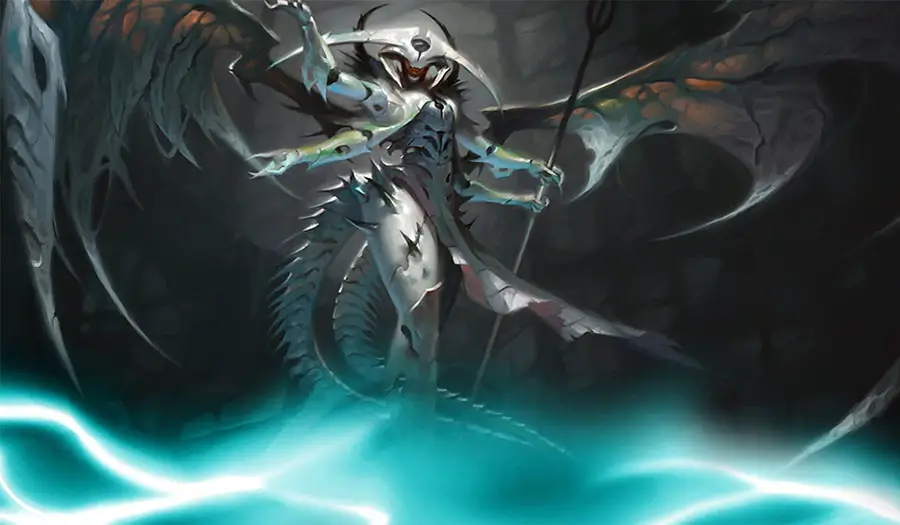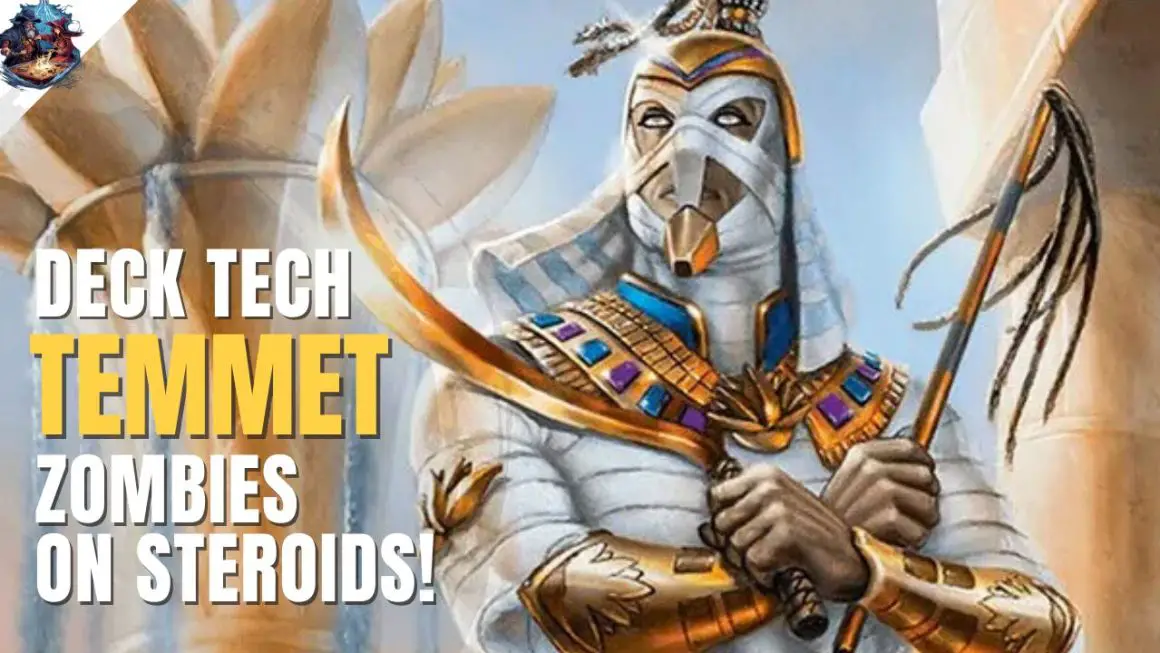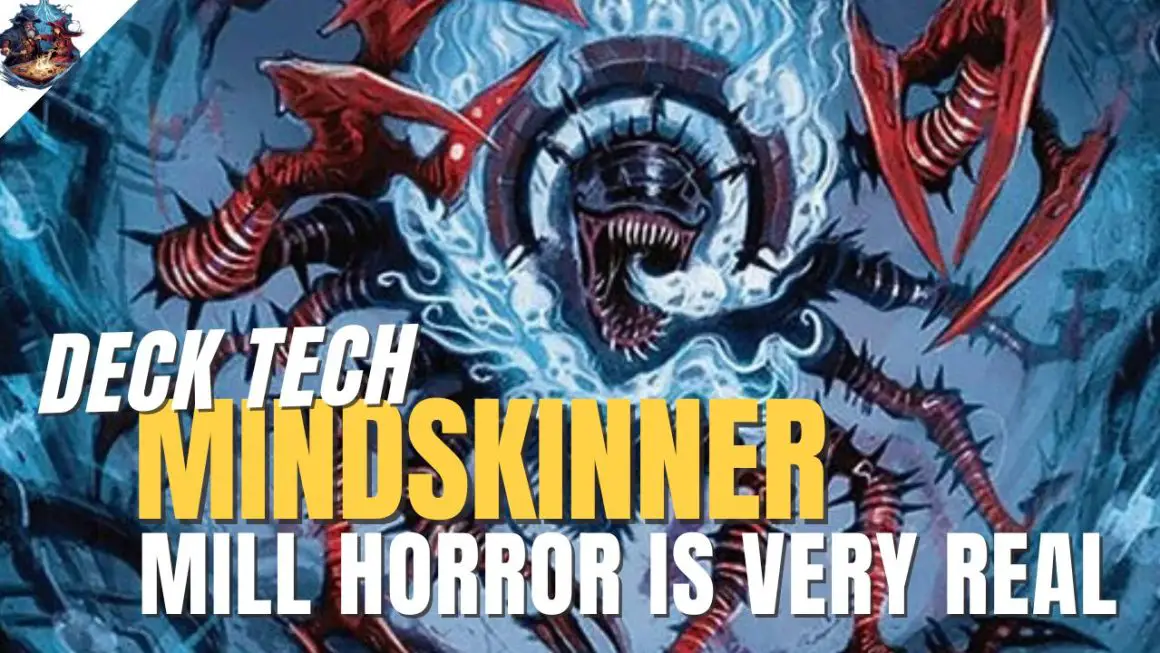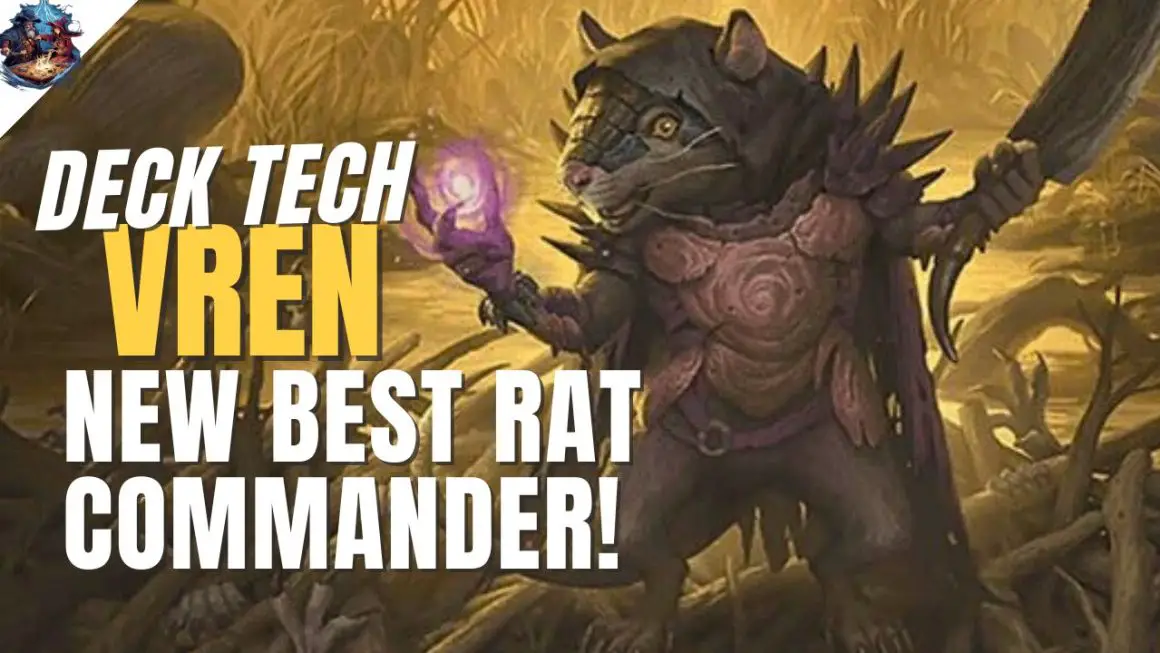Over the past few years, Commander has grown into the number 1 format for many Magic players, from those with over a decade of experience, to others just picking up the game.
It all starts with a Legendary, a deck of 99 other cards, and a group of friends out for some serious fun and politicking.
Behold, the majesty that is Commander! (a.k.a EDH or Elder Dragon Highlander)
Phase 1: What Exactly is a Commander?
So you don’t know what makes a Commander?”
Well, fret not! It’s quite an easy format to explain.

Basically, to construct a Commander deck, you pick 1 card to be your Commander. This card must be a Legendary Creature or a Legendary Permanent (such as a Planeswalker like Aminatou, the Fateshifter) with the text “ (The Card’s Name) can be your Commander”
Next, you must construct a deck of 99 cards that all fall under your Commander’s colour identity. You can only have 1 copy of each card, the only exception being Basic Lands (and Wastes) or cards that specifically allow you to run more than 1 copy of them in a deck like Seven Dwarves or Relentless Rats.
Phase 2: Understanding Colour Identity of Your Commander
“Wait, what’s a colour identity?” I hear you say.
A colour identity of a card is determined by the Mana symbols (![]()
![]()
![]()
![]()
![]() ) seen in either the Converted Mana Cost of the card, or in the text box of the card.
) seen in either the Converted Mana Cost of the card, or in the text box of the card.
Take the card, Yasova Dragonclaw, for example. It has the Blue and Red hybrid mana symbol in its text box, and the Green Mana symbol in its Casting Cost.
As such, the card is assumed to take on a Temur colour identity (Green, Red and Blue).
Another example is the card Archangel Avacyn, and its transformed version Avacyn, the Purifier.
Its front face is White, but its flip face is Red (as shown by the little circle on the middle left edge of the card, next to its Legendary card type). As such, the card possesses both Red and White colour identities.
Phase 3: How Do You Build a Commander Deck?
We have a full article covering just this topic!
In short, choosing and selecting a Commander is key to having fun at the table. Commander is built as an easily adaptable and versatile format, suitable for casual and competitive environments alike.
Usually, deck building can begin either from the top down (starting with key strategies) or bottom up (starting with the Mana base and ramp sources) depending on the Commander, then cutting out cards to see fit.
The core components of a Commander deck are:
Lands
Like any other game in Magic, decks need Lands to generate Mana and cast spells. In Commander most decks fit around 35 Lands, including powerful non-Basic Lands such as Duals and Fetch Lands.
Ramp Sources
Mana-generating Artifacts like Sol Ring, Commander’s Sphere, Thran Dynamo and many others are colourless ramp sources that can fit into any deck and are not restricted by colour identity. If your deck has Green as an identity, it will also have access to spells such as Cultivate that help to search for more Basic Lands.
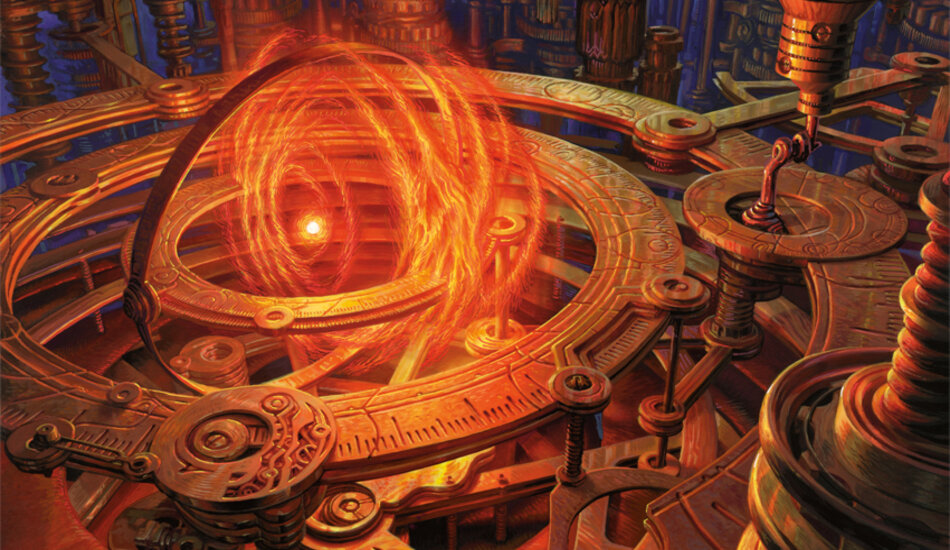
Control Pieces/Card Interaction
There are many spells that fall under this category, including Creatures for attacking and blocking, or they’d have some abilities that can be activated for certain benefits. Removal spells such as Despark or Lightning Bolt also count as control/interactive cards.
Combo Pieces/Enablers
One of the biggest appeal to play Commander is the ability to fire off infinite combos for an immediate win. While this is not something a beginner should attempt right away, it’s an evolutionary step that all Commander plays eventually want to attempt. A combo usually involves 3 or more specific cards, and the deck is built to bring out this winner as soon as possible, usually with “tutor” cards like Mystical Tutor or Demonic Tutor.
Win Condition(s)
How does your deck beat the other opponents to win? That’s your win condition. A combo is often a deck’s win condition, but a win condition doesn’t have to be a combo. Some prefer to be victorious through traditional combat, with big Dragons and Angels. Others may prefer to be a snake and run out every player’s Library into their Graveyard.
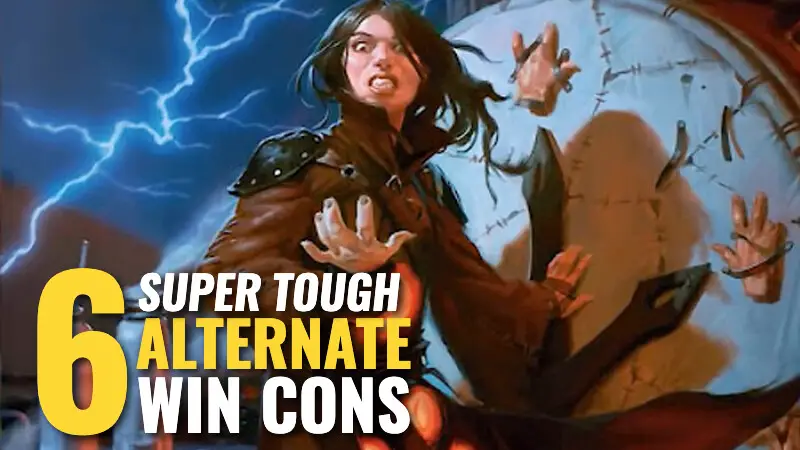
Overall, which cards fall into what category is all subjective, and varies greatly depending on the Commander, the deck plan and the Meta game you’re facing against.
Phase 4: How Are Commander Format Rules Different?
The most distinct change from normal MTG games revolves around the Commander. The Commander sits in the Command Zone, separate from your deck, and can be cast directly from that zone.
If the Commander dies or gets exiled, the owner has the option of returning it to the Command Zone (instead of going to the Graveyard/Exile). Any subsequent casting of the Commander will cost 2 Colourless Mana more each time.
In terms of regular gameplay, the same rules apply, except that players start at 40 Life. Any damage that a Commander deals to a player is also known as Commander Damage, with 21 being the lethal number to finish off an opponent.
Phase 5: Explore Some Commander Resources
As more and more new players venture into the rabbit hole that is Commander/EDH, the magic community has responded in kind by providing many outlets to benefit them.
EDHREC is a website designed to help players locate Commanders (or cards) and find out which cards best strategise with them. The website also has a very useful search tool that sorts and locates decks of varying archetypes, and shows the most popular commanders depending on the number of decks posted to other deck building websites like Tappedout, Archidekt etc. It also features articles written by other magic professionals concerning the format, as well as deck techs and other fun tidbits!

Commanderspellbook.com is another database for the combo players, filled to the brim with, well, combos! The whole premise of the website is to help players find the combos/”wincons” that can fit in their Commander decks! It also sorts combos by price for those more budget-minded players!
The Commander’s Quarters is a YouTube channel mainly focused on budget Commander deck building, with the occasional video on other Commander/MTG related content. The other beginner-friendly Youtube Channel is The Command Zone, with well-produced episodes and celebrity guest players.
End Step
Hopefully this quick guide to the format of Commander is sufficient in helping you new players understand the who and what of Commander!
Thankfully, with it’s sudden explosive rise in popularity, Wizards of the Coast has been pushing for the implementation of more Commander-centric cards to support the format and make commander more accessible to the masses, especially to newer players.

